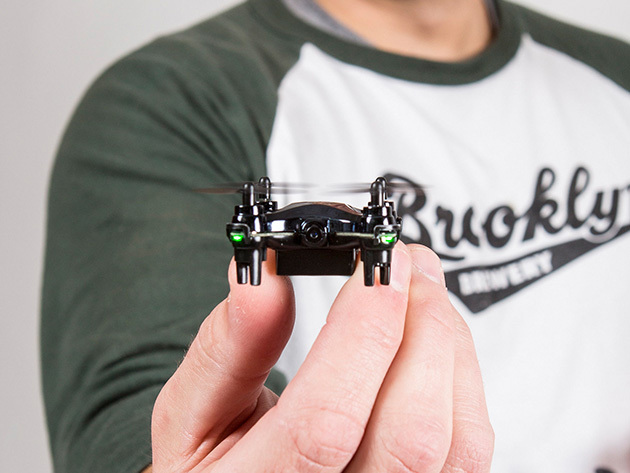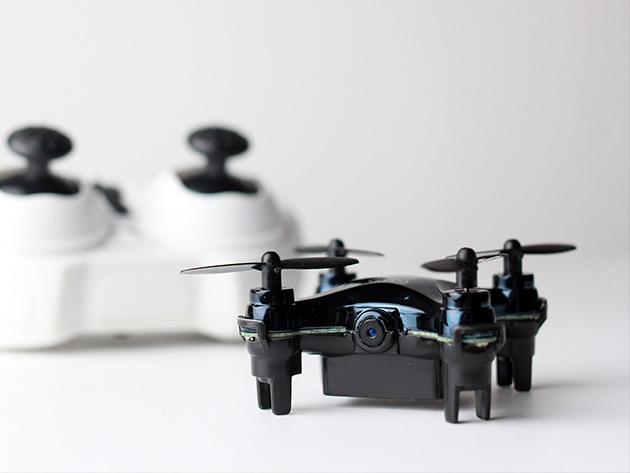
5 Second Fix - Real User Reviews
5 Second Fix states to be a liquid plastic welding tool which mends, fills, seals and repairs practically anything beneath the sun. 5 Second Fix guarantees to repair things forever minus the mess of adhesive in just 5 seconds. 5 Second Fix promises to use merely UV light to weld things before repair it, so you could place or reposition the surface.
Bondic is precisely similar to 5 Second Fix
5 Second Fix Review
Repairing and precise repair - 5 Second Fix is an original adhesive system and its curing by the built in UV LED lighting provides strong repair if the directions are followed as recommended. It's an accurate, spot repair system and wants very thin layers for curing of each layer individually. The UV curing neglects when the layer is not too thin. It efficiently joins a broad array of substances, including dissimilar ones that adhesives that are fast and other conventional adhesives cannot.
A battery powered UV LED light is provided to harden the adhesive, which will be intended to be useful for mending and fixing broken items. To use 5 Second Fix you must employ the solution on the desired section of the broken item and after that merely reflect the UV light on the adhesive for about 15-20 seconds for the resin to harden. The UV light will function as a welder and fix the thing. Even though the battery in the bundle is functional, when it empties of its juice the light begins to get more subdued too. This in turn hampers the bonding. Because of this in case you have to fix a more substantial area, you might have to resort to a bigger UV light source so your repair will probably be faster and more lasting.
Doesn't make a long-lasting bond - 5 Second Fix cannot be used as a replacement for electrical tapes and does not create a bond that is permanent. It truly is not U. L. listed. One customer Crystal says that it worked for just two weeks after which the vase fell on a glass classic vase. Another reviewer used a clip to be fixed by it on their vehicle visor and as soon as the temperature in the automobile shot up the solution along with the visor broke. Another user Yeager whines in their review that 5 Second Fix only bonds places visible to the light, so anything that's not clear will not be fixed. It will not work on fixing a hook as an example, on the wall.
Inferior mechanism - 5 Second Fix appears to get flimsy parts. One user Jade says that the component comes with an incredibly small quantity of glue solution. Add to that the very fact that the UV LED is only a flimsy and cheap torch. The unit also comes damaged in the shipment with the adhesive leaked. That apart, the user adds that LED and battery are both inexpensive. The unit uses battery that may be changed out. And is just like the keyless entry remotes for autos. The battery can be easily found by one at any given outlet of Walmart, Target, Kmart, and several shops that are such. Another customer Roland also whines the primary problem with 5 Second Fix is the fact that its UV intensity from the LED is not quite sufficient. The choice of LED additionally doesn't appear to be of great quality. Due to UV intensity that is insufficient, the polymer does not heal. The reviewer adds that he used a layer of polymer that was treated it with LED for 30 seconds and 1 mm thick but the adhesiveness stayed flimsy and soft. Though the reviewer intended attempting a UV source that was stronger, he planned to return the unit, unsatisfied with its operation.
Mends a lot of things - A customer who reviewed 5 Second Fix says that it works well at fixing many things. The glue system especially helps in fixing sunglasses. For those who have a broken arm of sunglasses to mend then Second Fix will probably be a good pick. But even in this case the mechanism that provides the glue was rather shoddy. The reviewer adds that several times the unit arrives leaks that are broken and the adhesive itself from it all over. And even if the unit complete then it lasts just for a few uses and then breaks. So all the glue can also be squandered.
Does 5 Second Fix work on mending shades?
5 Second Fix does a fairly good job of fixing broken arm of sunglasses. The delivery mechanism of the 5 Second Fix is poorly made, though the glue does the job very well and might break after several uses, it may even arrive broken and also the glue will leak all over.
What is the LED light for?
5 Second Fix uses a battery powered UV LED light to harden the glue. You are supposed to use the paste that was 5 Second Fix to then and where you like it only shine the UV light on it -20 seconds and also the resin hardens. The UV light does the occupation of "wielding". The UV LED light of the 5 Second Fix is also not quite well made when it arrives, and the battery may be already dead. When the battery gets weaker the light also dims out hampering the bonding. So if you've got a bigger UV torch that covers a larger region, it is going to help repair things faster.
How does 5 Second Fix promise to operate?
5 Second Fix maintains it is not plastic adhesive but a strong liquid plastic welding compound. 5 Second Fix convinces to be very simple to work with - all you weld it with the UV light of the unit and need to do is implement the solution on the surface and in 5 seconds the thing will be fixed. The welding mixture of 5 Second Fix is alleged to be super powered and creates a strong bond with its UV light.

 Next round, understand what you are ordering.
Next round, understand what you are ordering.



 I am interested to hear what types of projects and results people have had with this spray rubber sealant. Does it spray on well? Does it look like textured spray paint or maybe more like roof pitch?
I am interested to hear what types of projects and results people have had with this spray rubber sealant. Does it spray on well? Does it look like textured spray paint or maybe more like roof pitch?



